Senate Majority Leader Mitch McConnell (R-Kentucky) had ample reason to work desperately to keep twice-defrocked Judge Roy Moore off of the general election ballot in next week’s special Senate election in Alabama. He failed, of course. McConnell and the Republican Party establishment have lost most of their power to test and vet political candidates—including, as the 2016 elections showed, for the highest office in the land. Instead, in both parties, influence over the candidate pipeline is rapidly shifting to outside activist groups.
In a new paper, “Re-engineering politicians: How activist groups choose our candidates—long before we vote,” Raymond J. La Raja (a political scientist at the University of Massachusetts Amherst) and I examine and assess activist groups’ rapidly escalating investment in the critical pre-primary space, where candidacies emerge and prove themselves viable (or not). We conclude that the groups are creating multifarious new pathways to political viability, with potential to diversify and refresh the political class but also to undercut what little remains of quality control. To help regain balance, we argue, it’s important to preserve and strengthen the voices of party organizations and leaders in the candidate selection process—not instead of voters and activists, but in addition to them. If the parties can’t discourage incompetent, extreme, or unstable candidates, no other actor reliably will.
In his 1991 book The United States of Ambition, Alan Ehrenhalt framed, and answered, a seminal question. “Who sent us the political leaders we have? There is a simple answer to that question. They sent themselves. And they got where they are through a combination of ambition, talent, and the willingness to devote whatever time was necessary to seek and hold office.” This, he noted, was a profound change: for most of America’s history, candidates were normally sent by political parties and machines. Self-recruitment, he argued, revolutionized politics by introducing new elements of both openness and chaos.
Still, until recently, the parties and their establishment proxies remained in the game. Improvising and evolving, they fell back upon what became known as the “invisible primary,” an informal, usually under-the-radar process in which potential candidates had to prove their viability by seeking funding and endorsements from party officers, elected officials, and influential constituencies. Although sometimes portrayed as an insidious exercise in ring-kissing, the invisible primary was, and remains, an important quality control, serving to identify and encourage candidates who demonstrate temperamental steadiness, political skill, and broad support—and to screen out candidates lacking those qualities.
Gradually, however, insiders’ hold over the invisible primary fell victim to many of the same forces that shut down the smoke-filled rooms of yore: direct candidate access to funders and media, public mistrust of parties and the establishment, and the relative displacement of traditional corporate and union political action committees by groups and individuals that can make effectively unlimited independent expenditures.
The rise of the Tea Party, the Club for Growth, and other conservative insurgent groups exploited all those openings and ushered in a new era of pre-primary politics. Noticing that, in most congressional districts, the general election is little more than a rubber stamp, they realized that the nominating process is where the action is. They demonstrated that recruiting and nurturing unconventional candidacies can replace pragmatists with purists, of whom only a handful can alter the dynamics of Congress. They also demonstrated that they could win by losing: even in ostensibly safe congressional districts, activists can strike fear into incumbents’ hearts, and thus influence their behavior in office, merely by threatening them with a primary challenge.
Activists of both left and right have received the message. By the time the primary lineup is settled, it’s already too late to wield the influence they seek. Instead, by reshaping who runs and who can be viable, they seek to reengineer the public’s political choices long before election day.
To assess this change and its possible ramifications, we combined data analysis, in-depth interviews with party and interest-group officials, and a nonscientific survey of political consultants. Key findings include:
- The pre-primary space is a growth industry. Candidate self-recruitment and informal vetting by loyal partisan donors and endorsers, which displaced traditional party recruitment and vetting in the 1970s and 1980s, are giving way to a hybrid system in which independent groups play a large and growing role in “sending” candidates.
- The trend (further) reduces parties’ gatekeeping role. By creating multiple new pathways to the primary ballot, independent groups are eroding the ability of party organizations and their proxies to vet candidates—for better and for worse.
- Safe seats are independent groups’ safe harbors. Because the party organizations have their hands full battling for swing seats, outside groups have an open field in safe-seat primaries that strongly influence post-election governance. This implicit division of labor may reinforce polarization in government.
- Expect more amateurism. Independent groups often assist unconventional and inexperienced candidates who would not have been viable in the past, potentially increasing political access but also reducing candidate quality—already a point of serious concern among professionals. As one consultant told us, “It’s become like a clown car. Everyone thinks they’re qualified and everyone jumps in.”
- Expect less moderation. New groups entering the invisible-primary space tilt toward ideology, independence, and amateurism. As one Republican political consultant told us, assessing the scene: “You’re not going to see a moderating of American politics anytime soon.”
- Independent groups are doing what parties can’t. They are organizing in regions where party organizations lack resources or incentives to invest; providing outlets for volunteerism and activism that the parties lack capacity to accommodate; and identifying and sourcing talent from networks to which party organizations may lack access.
- But independent groups are not substitutes for party organizations. Though they may choose to work with party organizations, the groups are structurally and generally temperamentally independent, and their firepower can easily be turned against the parties.
- Party organizations need strengthening to stay competitive in the invisible primary. The independent groups are here to stay and can be a force for innovation and inclusion if they supplement rather than supplant party influence. That requires taking steps to enhance parties’ role in launching and developing candidates. Such steps should include measures incorporating an element of peer review by elected officials and party representatives in the early stages of candidate development (for example, as suggested recently by Brookings’s Elaine Kamarck).
In a previous paper, we proposed other measures to strengthen the party organizations relative to outside groups. The proliferation of independent pipelines for candidates adds still greater urgency to this task. Absent a vetting role by party professionals, candidate selection becomes a crap shoot.
The Brookings Institution is committed to quality, independence, and impact.
We are supported by a diverse array of funders. In line with our values and policies, each Brookings publication represents the sole views of its author(s).

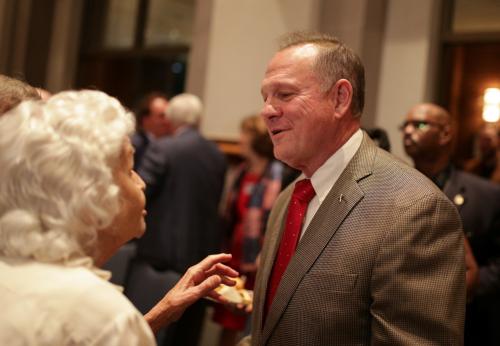
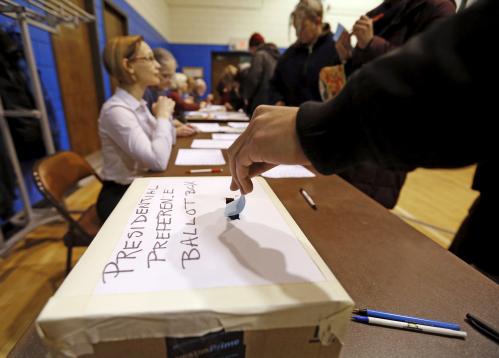
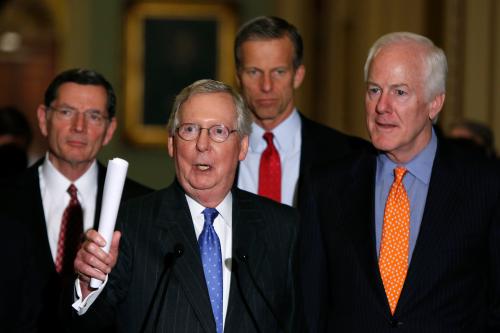
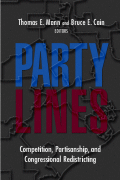
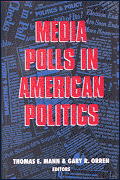

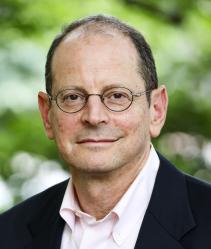



Commentary
How activists choose our politicians, long before we vote
December 7, 2017